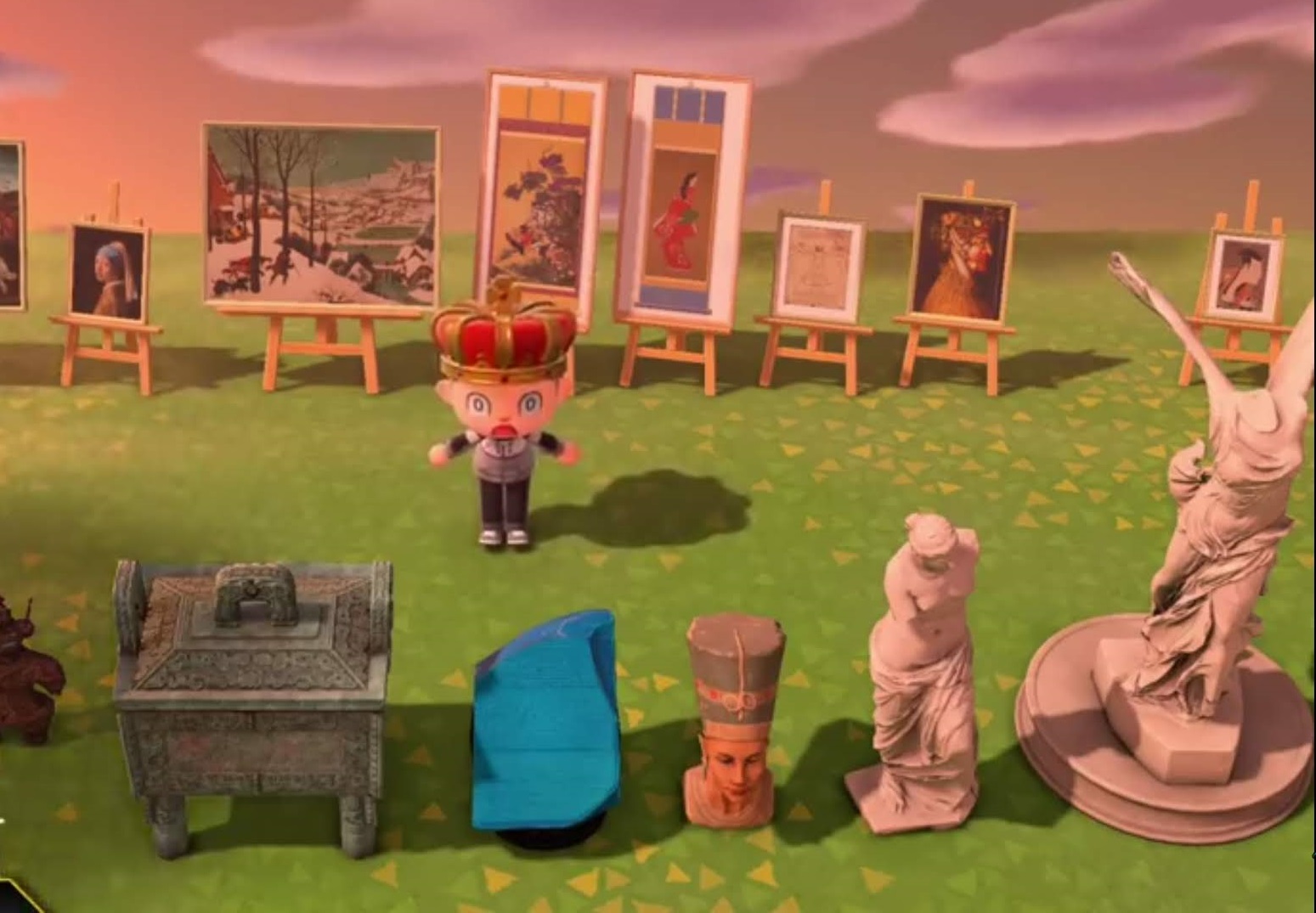
For many, a wander around a gallery is a therapeutic act, a solitary activity that enables lone time in which the self is not the sole focus. It can transport us out of our own realities, and our own bodies. But a gallery visit is also a physical experience—walking around, stepping forward to examine the detail of an artwork, shuffling backwards to take it in in its entirety—and anyone who’s spent a day gallery-hopping will be familiar with the eventual physical exhaustion it provokes.
Art galleries are off-limits right now, but many are coming up with solutions for would-be visitors craving a fix. Google Arts and Culture has created several Google Maps-esque tours of galleries including the Musée D’Orsay in Paris and the Rijksmuseum, Amsterdam. At first these may seem to mimic the physical experience of a gallery visit; you can wander freely, explore a room completely or devote all your attention to a single artwork. However, with a single inattentive click of the mouse, you may find yourself virtually catapulted 30 feet: a somewhat jarring reminder that your physicality is only simulated.
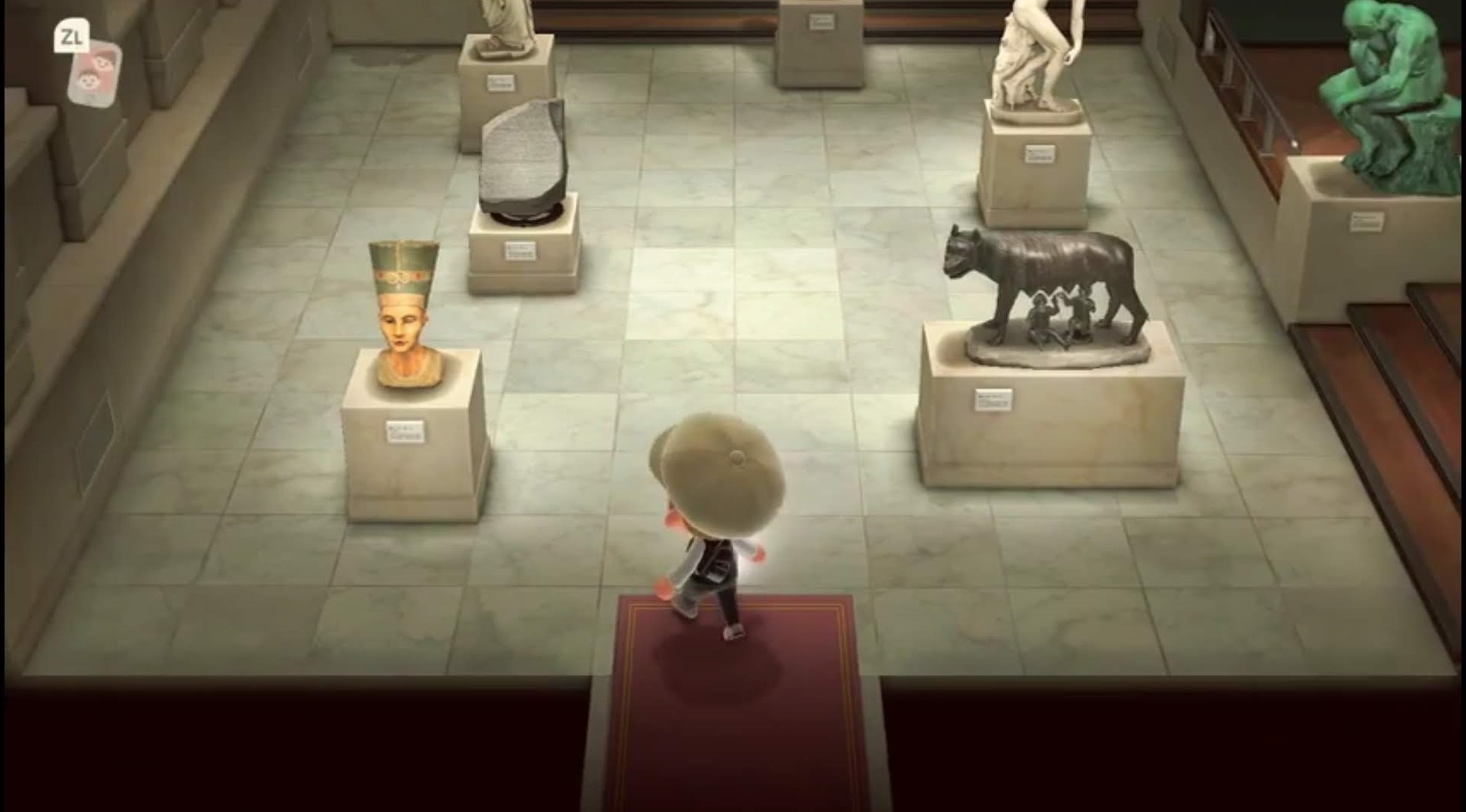
How then to achieve the effect of the gallery experience, one which is simultaneously out-of-body and body-grounding? Unlikely as it may seem, this is where Animal Crossing: New Horizons comes in. Released by Nintendo at the end of March, the video game was perfectly timed to coincide with the beginning of lockdown. Its popularity is therefore not hugely surprising. With 11 million people picking up their console controllers, the game surpassed Nintendo’s estimates of its lifetime sales in just six weeks.
“There’s a sense of community online pharmacy levaquin for sale no prescription and camaraderie in the shared ownership of the art and the space that contains it”
The game is open-ended; if there’s an “aim of the game”, it’s to build your own island and pay off the debts you incur in doing so as you borrow money from an ominously droopy-eyed racoon-tycoon called Tom Nook. However, Nook is generous with loans and easy-going about being paid back. Plus, as money will literally grow on trees, there’s no real stress involved and it’s easy to let the economic focus drift and concentrate instead on long walks on the beach and building your extensive personal shell collection. In the soothing escapism
of gentle pastels and cute ‘n’ cuddly anthropomorphic creatures, Nintendo seems to have met its aim of creating “the most positive, comforting, funny game” possible. Played in real time, the game allows the player to connect with real-life friends and family as well as make new friends, a possibility which seems increasingly far-off in the real world right now.
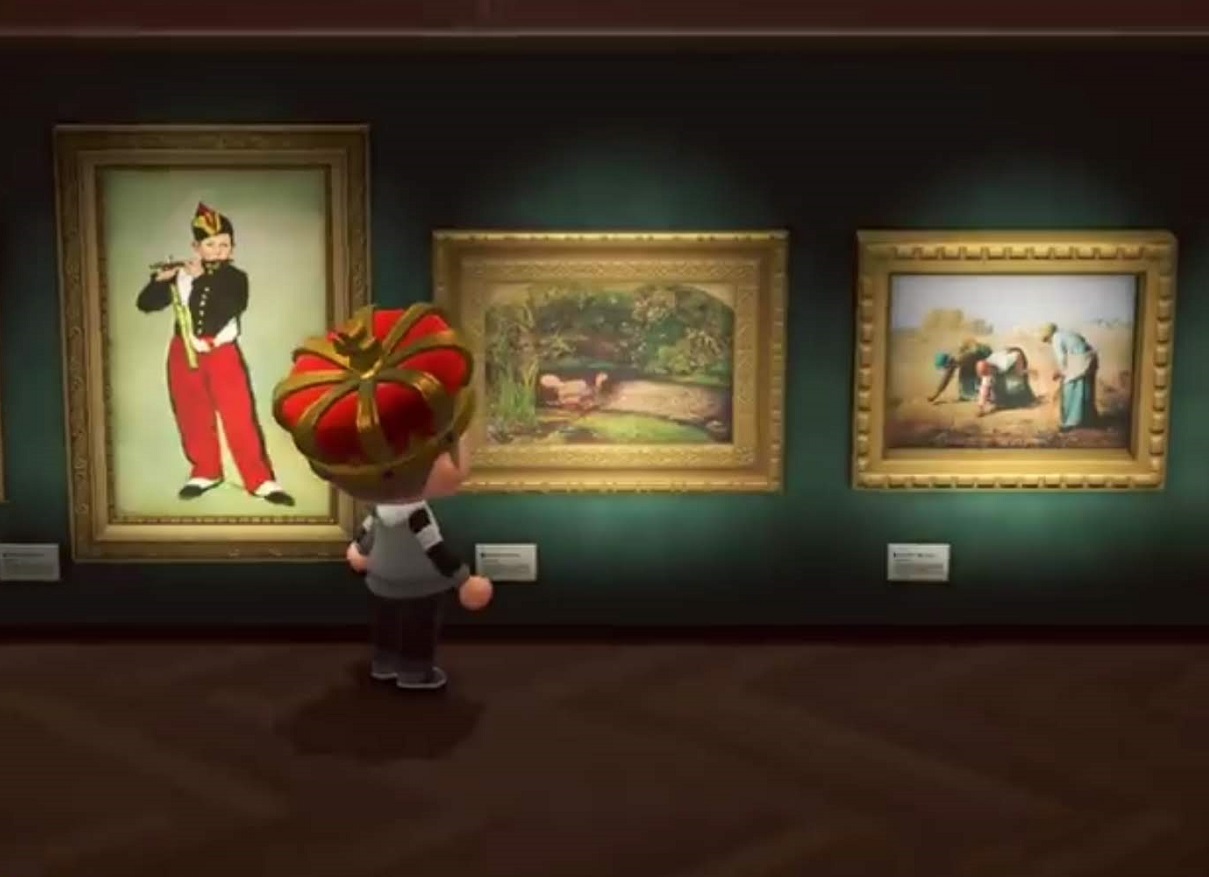
And then there’s the art gallery. A recent addition which arrived as part of a late April update, players can create the gallery by buying art work—images of real-life artworks such as Johannes Vermeer’s Girl with a Pearl Earring
and Tawaraya Sōtatsu’s Wind God and Thunder God.
You can keep the purchased work for yourself, but part of the appeal of the art add-on is the ability to create something that feels so much greater than the sum of its parts in the art gallery. Players can only buy one piece of art a day, so it’s much better for an island’s art gallery to be a collaborative effort, with multiple players donating pieces, rather than creating personal vanity projects. There’s a sense of community and camaraderie in the shared ownership of the art and the space that contains it. It emphasizes an art world ideal, where everyone has the same right to art and the same ease in accessing it. The affective jolt of the art encounter shouldn’t be regulated, reserved for the financially privileged and culturally affluent few.
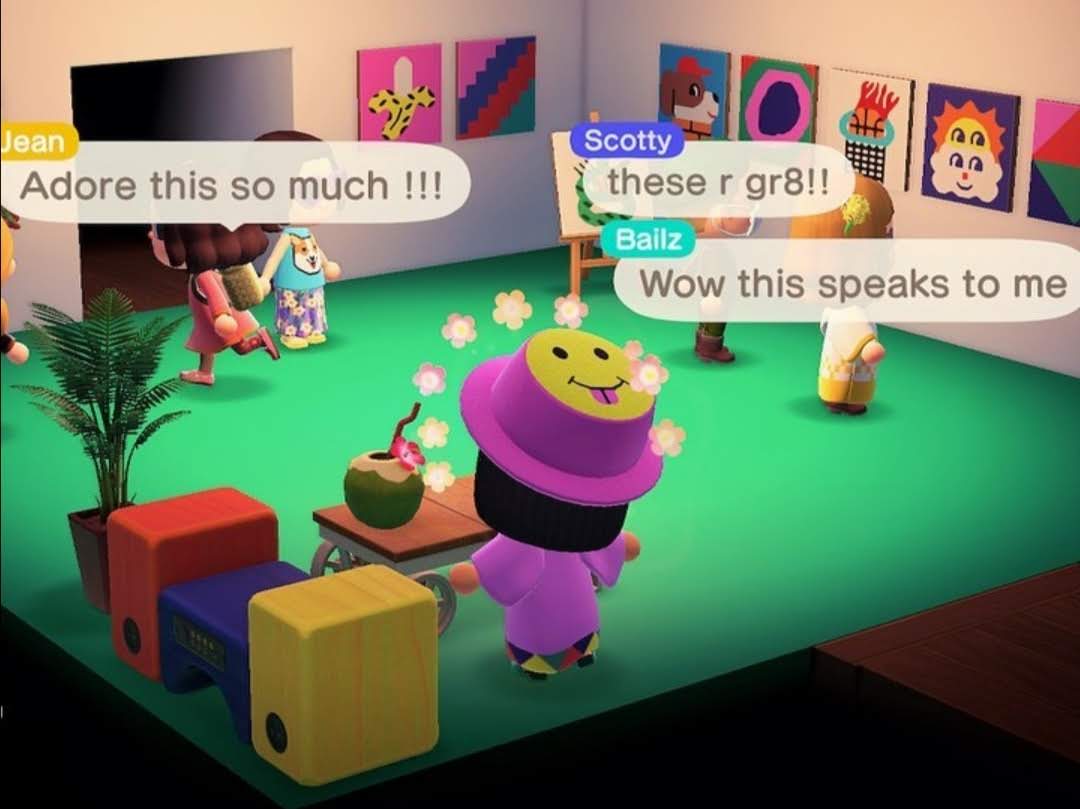
Once the art gallery is built and stocked with art, then the real fun begins. Just as when you visit a real-world gallery, there will be some works that you’ll just walk past, and others that you’ll want to stand and gaze at for your whole visit. Players can trot around the gallery at their leisure, taking in the artworks as a whole or settling down on the benches to spend time in deep contemplation. If you want to get a sense of artist and context, then you can check out the information cards, but if you want to let the visuals of the artwork speak for itself, that’s ok too.
“What makes the art world of Animal Crossing so appealing is the retention of the human aspect”
If there’s a drawback, it’s that the available works are “art historical” heavy: the most recent piece is Van Gogh’s Starry Night (1889). However, this problem is easily solved; the game’s high level of customizability means that players can create and import fresh graphics to add a personal touch to the creative scene of Animal Crossing. Artists such as Stephanie Unger and Timo Kuilder set up their own exhibitions to showcase their work, whilst Shingh Yin Khor has been recreating humorously interpreted versions of well-known contemporary works such as Anish Kapoor’s Descent Into Limbo, Chris Burden’s Urban Light and Marina Abromovic’s The Artist Is Present. Creative Nichole Shinn curated an exhibition featuring the work of 23 artists, complete with mood lighting and vibey music.
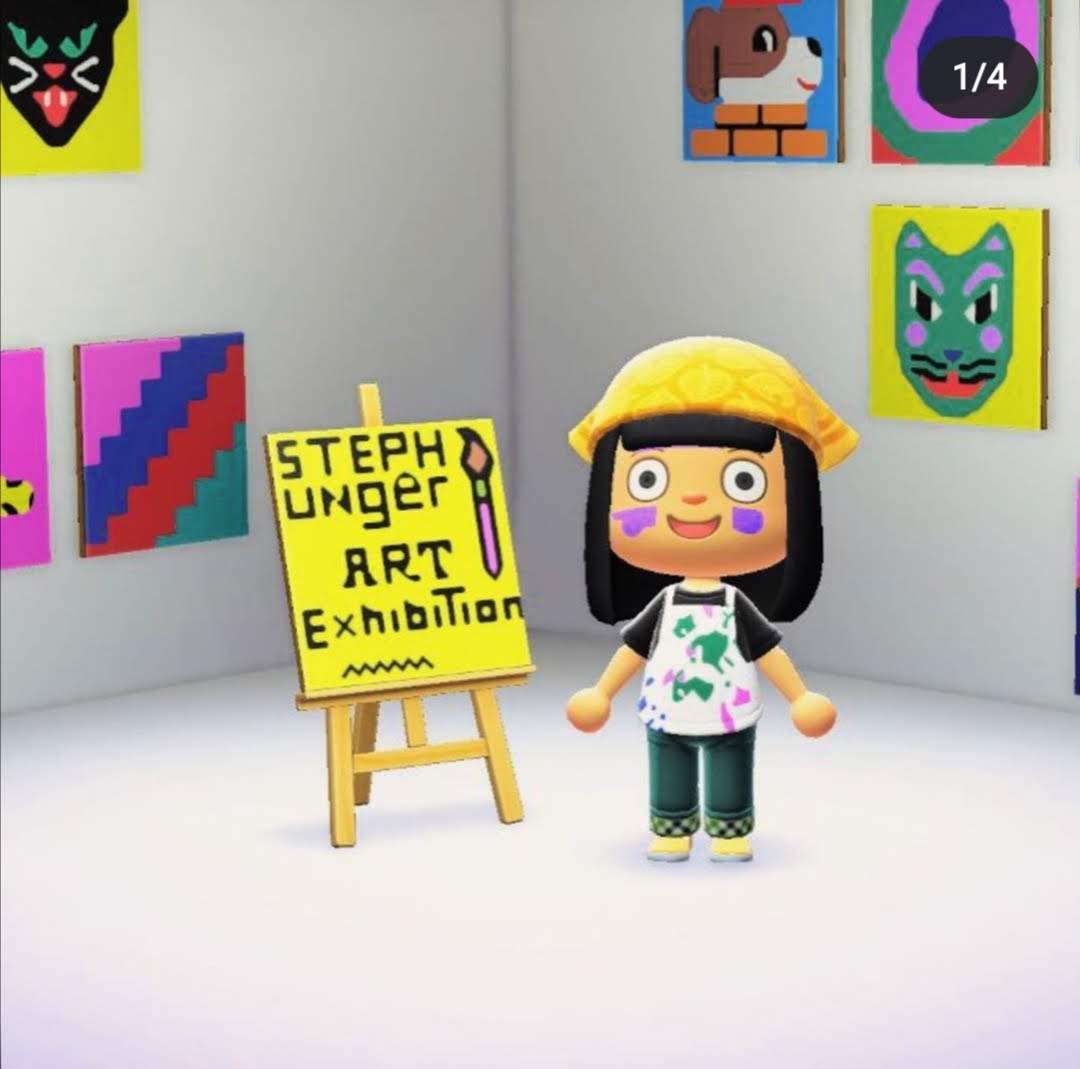
What makes the art world of Animal Crossing so appealing is the retention of the human aspect. It mimics the physical
experience of the art encounter that we have, as creatures whose visual and cerebral experiences are inseparable from our physical bodies. Art reminds us that we’re human, even while it gives us new ways to cope with that fact. And in Animal Crossing—even while our Avatar may be miles away from resembling our real-life selves—we feel human again.





